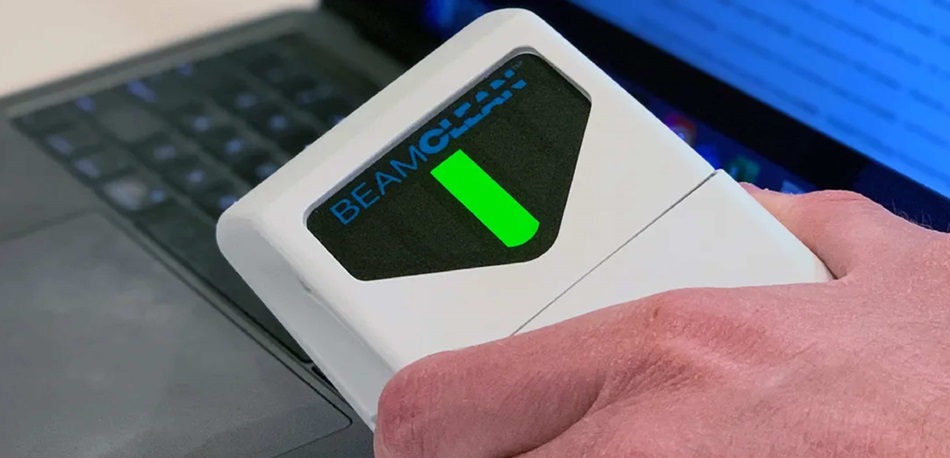Innovative Design Helps Users Access Wheelchairs Easily
By HospiMedica International staff writers
Posted on 10 Mar 2015
An integrated seat lifter and walker could help people more easily enter and get out of a traditional wheelchair.Posted on 10 Mar 2015
Developed at Purdue University (West Lafayette, IN, USA), the Wheelchair Access Assistant incorporates an electric seat lift and an integrated walker that are attached to a traditional, factory-manufactured wheelchair frame. The seat lift is activated by pressing a button; the walker is deployed by extending the wheelchair's armrests, locking a crossbar, and lowering scissor legs to the ground and locking them. To install the seat lift and walker device, the existing seat and armrests must be removed. The new seat is then fitted to the bars of the existing seat, with the brake switches moved to the legs of the front wheels. The walker glides can then be connected to the seat lift structure.

Image: The Wheelchair Access Assistant (Photo courtesy of Purdue University).
“We began the project by understanding the mechanics of the standing motion, which can vary as people age due to strength and joint limitations. We wanted to create a design that assisted the user through the desired motion and to an upright position,” said William Graves, one of the four graduate students of the School of Mechanical Engineering who developed the device. “By understanding the kinematics required to stand, we were able to create an ergonomic design.”
Harry Jennings and Herbert Everest, both mechanical engineers, invented the first lightweight, steel, collapsible wheelchair in 1933. Everest had broken his back in a mining accident. The pair saw the business potential of the invention and went on to become the first mass-manufacturers of wheelchairs. Their x-brace design is still in common use, albeit with updated materials and other improvements.
Related Links:
Purdue University














